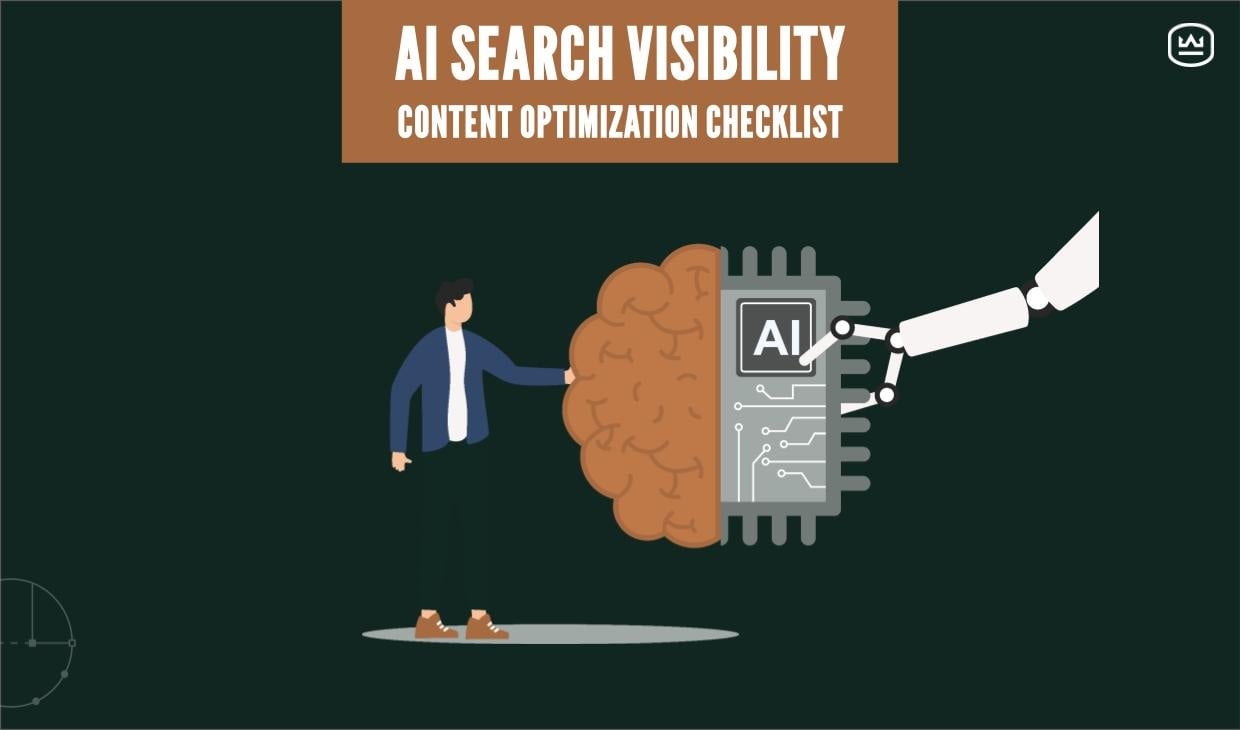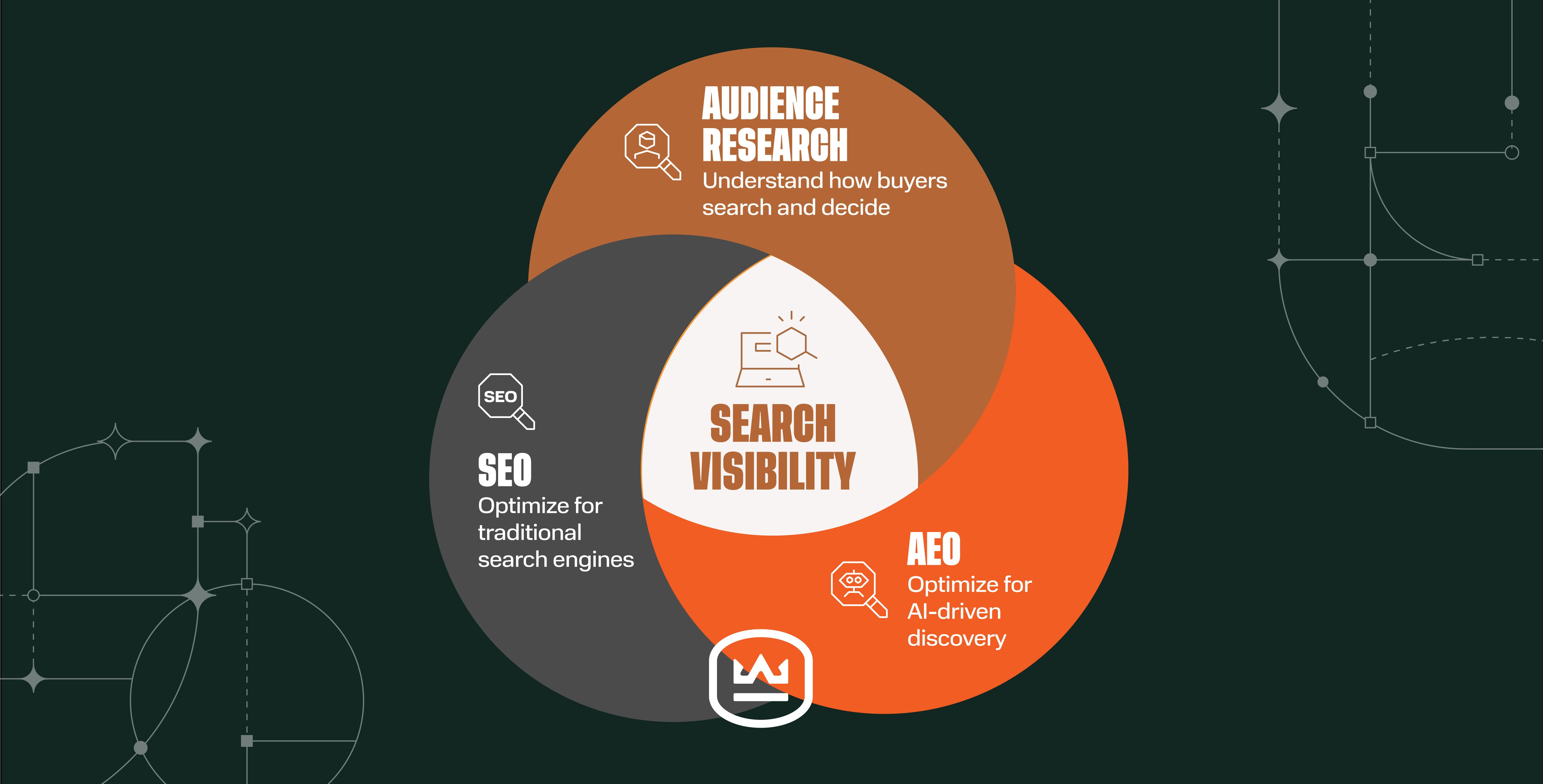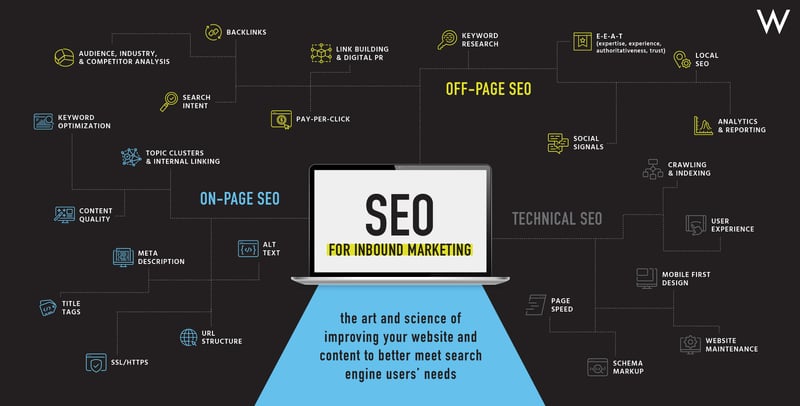What is SEO in Digital Marketing & How Can It Improve Inbound Results?
Written by
If you’re a digital marketer you know that search engine optimization, or SEO, is critically important to marketing your products or services — and to helping your target audience find and engage with your online content.
That most often begins with a search engine query, and in February 2023, 93.37% of search queries used Google at a rate of more than 99,000 searches per second, or 85 billion searches per day.2
Let’s assume some of those searches are yours and think about how you engage with search engine results. Do search engine rankings influence your choice? In fact, if you’re like more than half of users, little matters more to you than the top three organic search results.3
Given click-through rates (CTR) for top Google Snippets (42.9%) and number-one organic results (39.8%),4 getting your web pages to appear toward — or better yet, at — the top of the search engine results page (SERP) can deliver impressive returns.
So it’s no surprise businesses of all kinds invest marketing resources in SEO practices to increase website traffic, improve traffic quality, and (as a result), boost their SERP positions for relevant keywords.
But SEO isn’t a single, stand-alone marketing tactic you can simply throttle up or down. Comprehensive SEO is absolutely vital to the success of most, if not all, inbound programs — and it’s anything but simple.
But don’t let its complexity stop you from building competency and getting started on improvements.
Inbound Marketing & SEO
Remember, your inbound strategy is all about delivering the right content to the right person at the right time. The more consistently you can achieve this goal, the likelier you are to rise to the top of the SERPs.
SEO encompasses all the processes involved in helping a website or digital content rank higher in organic search engine results (primarily Google, because of its market share).
[blockquote callout] For inbound marketers, that means everything you do should be viewed through an SEO lens: social media, link building, blog posts, keywords, content development, influencer marketing, email campaigns, UX design, page optimization, even paid search … everything you do can have the potential to impact your website’s SERP position. [end callout]
And that’s also why your long-term website and content plan should incorporate growth-driven design (GDD) and the development of content pillar pages.
SEO is a complex, interconnected concept that demands a certain level of systems thinking, but it’s at the core of your success as an inbound marketer. Tactics can be divided into on-page, off-page, and technical SEO activities as illustrated in the infographic below.
SEO for Inbound Marketing
A quick look at the infographic above makes it easy to see the interconnectedness of SEO tactics, and how every aspect of an inbound program has to work in step with the rest. As you develop your overall SEO strategy, consider the place of these tactics in your game plan:
On-page SEO
- Content quality
- Keyword optimization
- Topic clusters and internal linking
- Title tags
- Meta description
- Alt text
- SSL/https
- URL structure
Off-page SEO
- Audience, industry, and competitor analysis
- Keyword research
- Search intent
- Local SEO
- Backlinks
- E-E-A-T (expertise, experience, authoritativeness, trust)
- Social signals
- Link building and digital PR
- Pay-per-click
- Analytics and reporting
Technical SEO
- Crawling & indexing
- Page speed
- User experience
- Mobile first design
- Schema markup
- Website maintenance
How to Update and Refine Your SEO Strategy
It looks complicated because it is. Too often, marketers get caught up in keywords and forget to address all the other aspects of SEO, many of which can be really effective — and also damaging if not addressed properly. How do you know where to focus your limited resources?
You can start by registering to attend Experience Inbound, Wisconsin’s premier marketing and sales conference, and selecting this breakout session: How to Create an SEO + Content Strategy that Moves the Needle. You’ll get a better understanding of your own individual strategy needs, a workbook to help you plan, and methods for tracking KPIs that tie to your own business goals.
SOURCES
1GlobalStats, statcounter.
2Oberlo.
Subscribe To Our Blog
Information. Insights. Ideas. Get notified every time a new Weidert Group blog article is published – subscribe now!
You May Also Like...

Search Engine Optimization
How Falcon Rebuilt Industrial AI Search Visibility in 2025

Search Engine Optimization
The New Search Visibility Checklist for AI-Era Content Marketing

Search Engine Optimization
SEO Isn’t Dead. It’s Evolving: How B2Bs Can Stay Visible in the Age of AI
Accelerate Your Growth with
Weidert Group
If you’re ready to explore a partnership, request a personalized consultation with our team.


